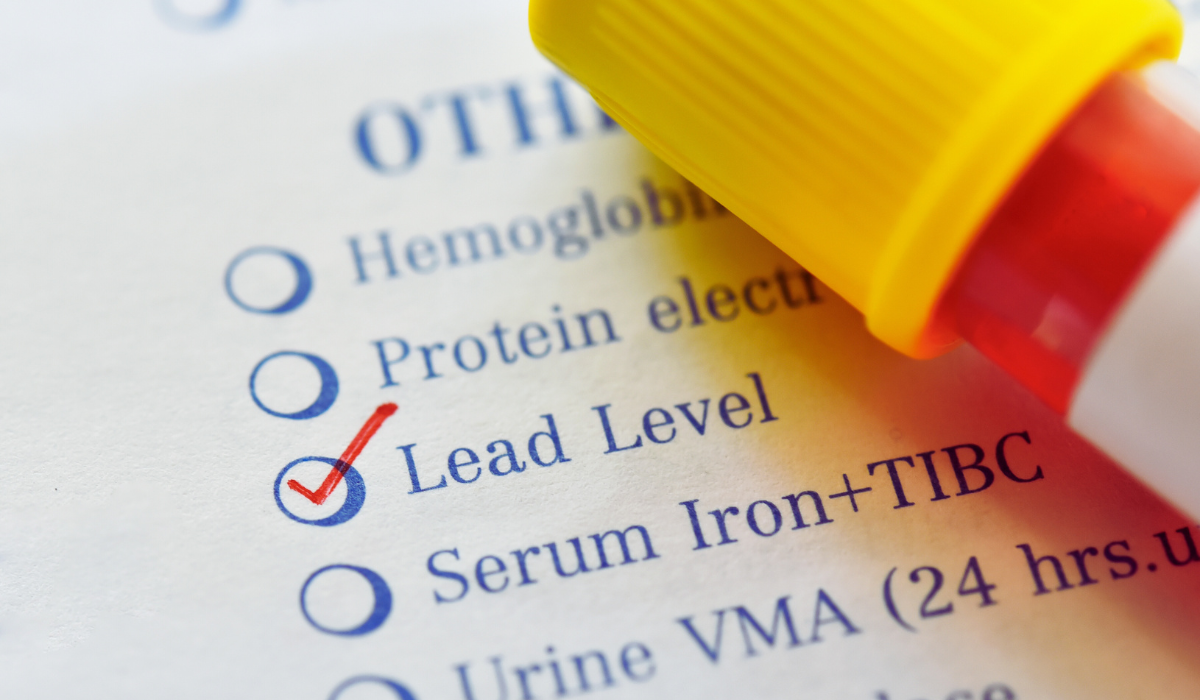Lead poisoning can harm a child’s development. It’s important that children be evaluated and special attention is paid to their growth and development. Michigan Alliance for Families can explain what local resources can help assess and monitor your child’s development through early intervention and special education services. These services are free to families.
Connect with a Parent Mentor in your area to get started.
1-800-552-4821 or info@michiganallianceforfamilies.org
How do I get my child tested for lead poisoning?
Michigan Department of Health and Human Services (MDHHS) recommends children who live in the City of Flint, live in a home using City of Flint water, or who attend school, childcare or often spend time with a caregiver in the City of Flint have a blood lead level (BLL) test. The recommendation includes information for testing outside of the Flint area.
- Blood Level Lead Testing MDHHS
- Protect Your Family From Lead in the Home Environmental Protection Agency (EPA)
- Find Your Local Health Department
Where does the lead come from?
In places like Flint, Hamtramck, and Benton Harbor, children may have ingested lead tainted water. Children can also be exposed to lead from different sources (paint, gasoline, solder, imported toys) and through the air, food, water, dust, and soil. There are other communities across the state where children have been found to have high lead levels.
- Flint Water Crisis (Arabic Information Card, Spanish Information Card, Chinese Information Card)
- At-risk Populations and Sources of Lead Centers for Disease Control and Prevention (CDC)
How does lead affect development?
Lead is a toxin that attacks cells in the body. Lead poisoning harms the brain and nervous system. Some of the effects may never go away. Lead poisoning can:
- Slow down growth and development
- Damage hearing and speech
- Make it hard to pay attention and learn
- Cause behavior problems
Learn more about health effects through the Lead Free Homes EPA
I’m concerned about my baby/toddler’s development. What can I do?
Free early intervention services are available to families. In Michigan, this program for babies and toddlers (birth through age 3) is called Early On. Each county has an Early On Coordinator who can assess a child’s development to see if they qualify for services.
- Early On referrals can be made online or by calling 1-800-Early-On
- Monitor your young child’s developmental Milestone Moments (Milestone Moments – Spanish) CDC
A BLL at or above 3.5 micrograms per deciliter is considered an established condition, which means a child is automatically eligible for Early On supports and services. A BLL less than 3.5 micrograms requires an individual assessment to determine eligibility.
For eligible children, the parent(s) and school write an Individualized Family Service Plan (IFSP). An IFSP details the child’s developmental levels, sets goals, and determines services to reach those goals. Parents have specific rights and protections regarding the IFSP process. These are called Procedural Safeguards.
- Don’t worry, but don’t wait. Connect with Early On.
- Early Intervention 101 Michigan Alliance for Families
- Individualized Family Service Plan Michigan Alliance for Families
I’m concerned about my child. How do I get them help at school?
Parents can request a free, comprehensive evaluation for children suspected of needing help at school. There are different requirements in thirteen eligibility categories to see if a child qualifies for special education services. One of these categories is called Other Health Impairment (OHI). Lead poisoning is one of the medical conditions listed under this category.
Once a child is found eligible for special education services, the parent(s) and school work together to write a plan called an Individualized Education Program (IEP). The IEP describes the child’s present ability levels, sets goals that the child will reach within one year, and lists the specific services and accommodations/modifications that will be provided so the child can meet the goals. Parents have rights specific rights and protections regarding the IEP process under IDEA. These are called Part B Procedural Safeguards.
- Get started: Special Education Evaluation Michigan Alliance for Families
- The IEP Process Michigan Alliance for Families
- Educational Interventions for Children Affected by Lead CDC
- Parent Rights Under IDEA NICHCY Legacy
- Coping with Your Child’s Diagnosis of Lead Poisoning
What are the schools going to do?
Schools must actively use Child Find processes and collaborate with parents and community partners to locate, identify, and evaluate children from birth through age 26 who are suspected of having a disability or who are known to have a disability.
Child Find requires school districts to actively identify children who may have a disability, as defined in the laws, and who may require accommodations in the classroom or special education.
Because children who have elevated BLLs may have sustained permanent brain damage, they should be identified through Child Find activities in collaboration with community providers such as Early On, local hospitals, pediatricians, public housing authorities, child care providers, school readiness programs, and preschools.
- Michigan’s Lead Poisoning Prevention Program Michigan’s Childhood Lead Poisoning Prevention Program


